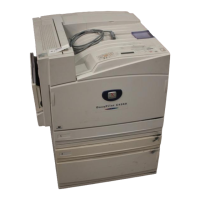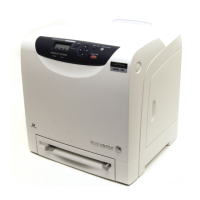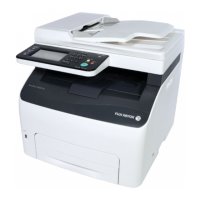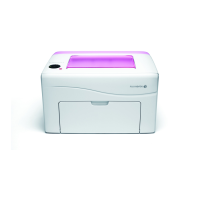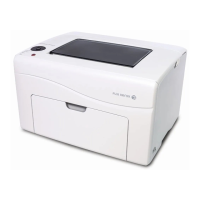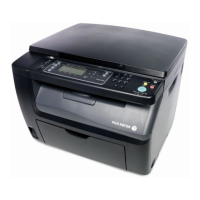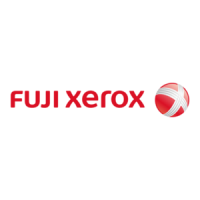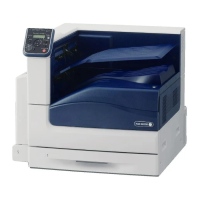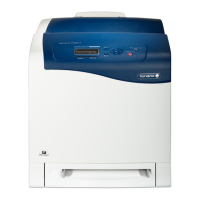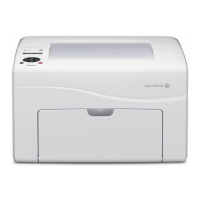i
Preface
Thank you for purchasing the DocuPrint C4350. This guide is written with the new user in mind
and provides information about how to set up and operate the printer as well as precautions for
use. Before using the printer, be sure to read this guide for good performance and effective use.
Please keep this guide for future reference. The illustrations shown in this guide are those of the
printer that has a 3 tray module (1650 Sheet Feeder).
In this manual, safety instructions are preceded by the symbol .
Always read and follow the instructions before performing the required procedures.
This equipment is certified as a Class 1 laser product, which does not emit hazardous laser radiation.
Follow the operations described in the User Guide. Do not operate the machine in any way other than
described in the User Guide. Unauthorized operation can cause faults or accidents.
As a member of the International Energy Star Program, Fuji Xerox confirms this product satis-
fies the requirements for International Energy Star Program standards.
Fuji Xerox shares the global concern about environmental conservation and has integrated that concern
in its business activities-from research and development to disposal. We have implemented a number
of programs to lessen the burden on the environment. For example, we have totally eliminated
ozonedepleting chlorofluorocarbons from our manufacturing facilities. We are committed to leadership
in the conservation of resources by reusing and recycling post-consumer waste material such as paper,
cartridges, and parts from our customer's copiers and printers. Along with our efforts to make environ-
mental values a part of the Fuji Xerox culture, DocuPrint C4350 adopts recycled components that sat-
isfy our strict quality standards.
Reception interference
When installed at a certain location, the machine may cause interference with radio and television
reception. If you notice flickering or distorted images or noises on your audio-visual units, your machine
may be causing radio interference. Switch it off, and if the interference disappears, the machine is the
cause of radio interference. Perform the following procedure until the interference is corrected.
l
Move the machine and the TV and/or radio away from each other.
l
Reposition or reorientate the machine and TV and/or radio.
l
Unplug the machine, TV and/or radio, and replug them into outlets that operate on different circuits.
l
Reorientate the TV and/or radio antennas and cables until the interference stops. For an outdoor
antenna, ask your local electrician for support.
l
Use coaxial cable antennas.
